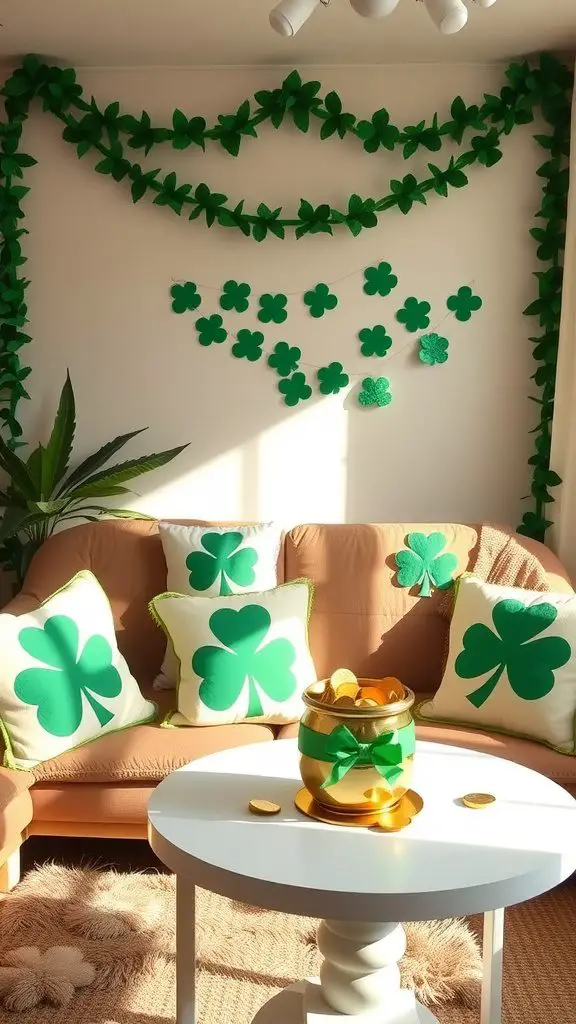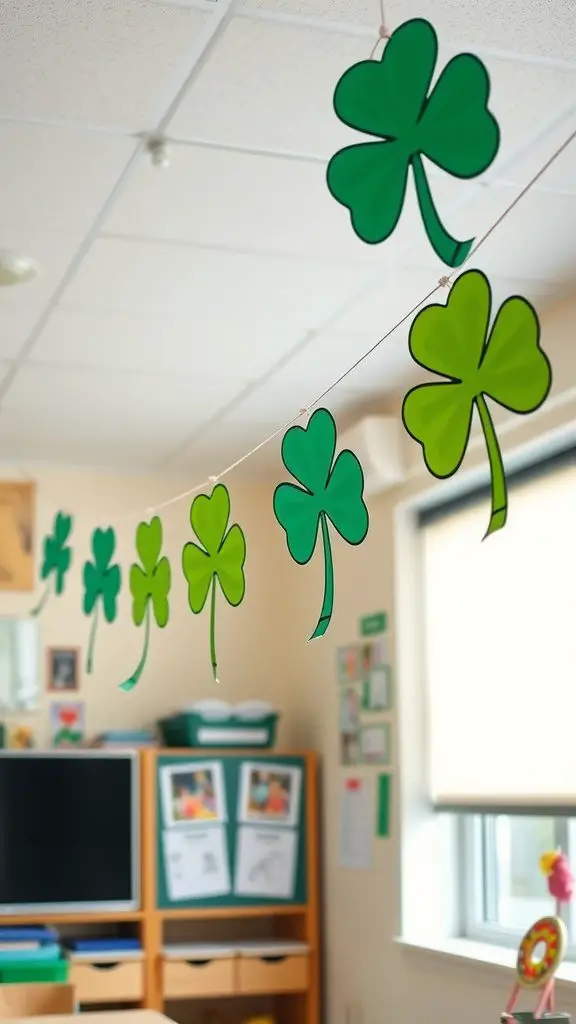Abstract art represents a fascinating and complex genre within the broader spectrum of modern art. It transcends traditional representation, inviting viewers to engage with the artwork on an emotional and intellectual level, much like the expressive works of abstract expressionists. This article delves into the definitions, characteristics, history, and notable figures of abstract art, including influential artists like Henri Matisse, providing a comprehensive overview of this influential art form.
What is Abstract Art and Its Characteristics?
Defining Abstract Art
Abstract art is a style of art that does not attempt to represent an accurate depiction of visual reality, allowing painters to create art that evokes feelings and ideas. Instead, it focuses on the use of horizontal and vertical lines. shapes, colors, forms, and gestural marks to achieve its effect in op art. This art form is characterized by its non-representational nature, which allows artists, including expressionists like Arshile Gorky, to express emotions and ideas without the constraints of traditional figurative art. The Tate glossary definition emphasizes that abstract art can encompass a variety of styles and approaches, including those of American abstract painters, each contributing to the broader understanding of abstraction in art.
Key Characteristics of Abstract Art
The characteristics of abstract art vary widely, but several common elements are often present across many works. One prominent feature is the use of geometric shapes, which can range from simple rectangles to intricate patterns. Color plays a crucial role in abstract paintings, as it can evoke emotional responses and create depth within the artwork, particularly in the works of famous abstract artists. Additionally, abstract artists may employ various techniques, such as action painting, where the physical act of painting becomes integral to the artwork’s meaning, a hallmark of the abstract expressionist movement. Overall, the lack of recognizable subjects in famous abstract works allows for personal interpretation and emotional engagement, distinguishing abstract art from other styles.
Different Types of Abstract Art
Abstract art encompasses a variety of types, each with its unique methods and philosophies. Geometric abstraction, for example, emphasizes the use of shapes and forms to create a visual language devoid of representational imagery. Artists like Piet Mondrian and Kazimir Malevich are known for their contributions to this genre. Conversely, abstract expressionism, a movement that emerged in the 1940s, focuses on spontaneous and expressive brushwork, as seen in the works of Jackson Pollock and Willem de Kooning, both prominent American abstract artists. Each type of abstract art offers distinct perspectives and experiences, contributing to the richness of the art world.
How Did Abstract Art Evolve Over Time?
The Birth of Abstract Art: The First Abstract Artists
The birth of abstract art can be traced back to the early 20th century when artists began to explore new avenues of expression. Wassily Kandinsky is often regarded as the first abstract artist, creating works that emphasized color and form over representational elements, influencing many American abstract painters. His groundbreaking approach laid the foundation for subsequent movements and encouraged other artists, including Mark Rothko and Willem de Kooning, to experiment with abstraction. Alongside Kandinsky, Hilma af Klint, another pioneer of abstract art, produced innovative works that challenged conventional artistic narratives and emphasized spiritual themes through abstraction, similar to the concepts found in cercle et carré.
Major Art Movements Influencing Abstract Art
Throughout the 20th century, several major art movements influenced the evolution of abstract art. The De Stijl movement, founded by Dutch artists, including Piet Mondrian, emphasized simplicity and abstraction through geometric forms and primary colors. Suprematism, pioneered by Kazimir Malevich, focused on the supremacy of pure artistic feeling over the representation of objects, contributing to the first abstract painting movement. These movements, among others, played a crucial role in shaping the trajectory of abstract art, fostering an environment where artists could explore and redefine the boundaries of visual expression.
Historical Context and the Evolution of Abstract Expressionism
The 1940s marked a significant turning point for abstract art with the emergence of abstract expressionism in America. This movement emphasized personal expression and spontaneity, allowing artists like Jackson Pollock and Willem de Kooning to create dynamic and emotive works that resonate with the essence of the abstract art movement. The historical context of post-World War II America, characterized by a search for meaning and identity, greatly influenced the development of abstract expressionism. Artists sought to convey their experiences and emotions through innovative techniques, resulting in powerful and impactful abstract works that resonated with contemporary audiences.
Who Are the Pioneers of Abstract Art?
Wassily Kandinsky: The First Abstract Artist
Wassily Kandinsky is often celebrated as the first abstract artist, having created some of the earliest known abstract paintings that influenced later American abstract expressionists. His work reflects a profound understanding of abstract art movement. color theory and emotional resonance, paving the way for future abstract artists. Kandinsky believed that art should evoke an emotional response, a concept that became a cornerstone of abstract expressionism. His pioneering vision continues to inspire artists today, cementing his legacy as a foundational figure in the art world.
Piet Mondrian and Geometric Abstraction
Piet Mondrian significantly influenced the development of geometric abstraction, paving the way for future abstract art movements. His iconic compositions, characterized by a grid of vertical and horizontal lines, showcase a balance of form and color. Mondrian’s work embodies the principles of the De Stijl movement, emphasizing harmony and order through abstraction, which has inspired many American abstract painters. His distinctive style, often reduced to primary colors and simple geometric shapes, has left an indelible mark on the evolution of abstract art in the context of American art.
Mark Rothko and the Depth of Color in Abstract Art
Mark Rothko is renowned for his contributions to abstract expressionism, particularly for his exploration of color and its emotional impact in the realm of non-representational art. Rothko’s abstract pieces often feature large color fields that evoke deep feelings and contemplation. His approach to color as a primary means of expression has influenced countless artists and continues to resonate within contemporary art discussions. By engaging viewers through the use of color, Rothko created a unique dialogue that transcends traditional artistic boundaries.
What Are the Different Styles Within Abstract Art?
Geometric Abstraction and Its Notable Artists
Geometric abstraction is a style of art that emphasizes the use of geometric shapes and forms to convey meaning. Notable artists like Kazimir Malevich and Naum Gabo are recognized for their pioneering contributions to this genre. Their artworks often explore the relationship between shapes and space, inviting viewers to engage with the composition actively. This approach has influenced various modern art movements, showcasing the versatility and enduring appeal of geometric abstraction, similar to the style of Albers and Georges Braque, in the art world.
Non-Objective Art vs. Abstract Expressionism
Non-objective art represents a subset of abstract art that does not reference the external world at all. In contrast, abstract expressionism often retains some connection to reality, albeit in a highly stylized form, as seen in the works of American abstract artists painting in the 1940s. Artists like Jackson Pollock exemplify this distinction, as their work blends spontaneous expression with abstract forms, characteristic of the American abstract movement. Understanding the differences between these styles enriches our appreciation of the diverse forms of abstract art and highlights the myriad ways artists interpret and engage with abstraction.
Exploring Suprematism and Its Impact
Suprematism, founded by Kazimir Malevich, is a movement that emphasizes the supremacy of pure artistic expression over representational forms, laying groundwork for the first abstract painting. This abstract style prioritizes geometric shapes and a limited color palette, focusing on the spiritual and emotional essence of art, much like the approach of Rothko and Willem de Kooning. Suprematism has significantly impacted the development of abstract art, inspiring later movements and artists, including Robert Delaunay and the famous abstract works of Rothko and Willem de Kooning, to explore the possibilities of abstraction in their work. Its emphasis on the power of simple forms continues to resonate in contemporary artistic practices.
What is the Purpose and Impact of Abstract Art?
Understanding the Purpose of Abstract Art
The purpose of abstract art varies among artists and movements, but fundamentally, it seeks to challenge viewers’ perceptions and expand the boundaries of visual representation. By moving away from traditional forms of depiction, abstract artists encourage audiences to engage with art on a deeper, more personal level. This exploration of abstraction enables artists to create abstract representations of complex emotions, ideas, and experiences that may not be easily articulated through figurative art.
The Emotional and Intellectual Impact of Abstract Art
Abstract art has a profound emotional and intellectual impact on its viewers, particularly in the context of Western art. The use of color, shape, and form can evoke a wide range of feelings and prompt introspection. As viewers engage with abstract pieces, they are encouraged to interpret the artwork through their own experiences and emotions, leading to a unique and personal connection to the expressionist style. This interaction fosters a deeper understanding of the human condition and the complexities of existence, demonstrating the power of abstract art as a means of communication.
Abstract Art in Contemporary Culture
In contemporary culture, abstract art continues to thrive and evolve, reflecting the dynamic nature of the abstract style within the art world. Artists today draw inspiration from the Dutch pioneers of abstract art while exploring new techniques and mediums, including geometric abstract forms. The integration of technology, mixed media, and conceptual approaches has expanded the possibilities of abstraction, allowing for innovative expressions that resonate with modern audiences, much like the works of Arshile Gorky. As abstract art remains a vital and influential force within the American art community, it invites ongoing dialogue and exploration, ensuring its relevance in the ever-changing landscape of contemporary art.
Q: What is abstract art and how does it differ from realistic art?
A: Abstract art is a non-objective type of art that does not aim to represent an accurate depiction of visual reality. Instead, it focuses on shapes, colors, forms, and gestural marks. In contrast, realistic art aims to depict subjects as they appear in the real world.
Q: Who is considered a pioneer of abstract art?
A: Wassily Kandinsky is generally recognized as a pioneer of abstract art. He believed that art could express emotions and spirituality without the need for representational forms, laying the groundwork for the abstract expressionism movement.
Q: What are some key characteristics of American abstract artists?
A: American abstract artists often explore themes of spontaneity, emotional intensity, and non-representational forms. Notable movements include hard-edge painting and color field painting, which emphasize geometric shapes and the use of color as a primary element.
Q: Can you explain the significance of Kazimir Malevich in abstract art?
A: Kazimir Malevich was a Russian artist known for his work in the Suprematist movement, emphasizing basic geometric forms and a limited color palette. His famous painting, “Black Square,” is a pivotal piece in the history of abstract art, showcasing the idea that art can exist independently of the visual world.
Q: What is the connection between abstract art and the De Stijl movement?
A: The De Stijl movement, founded in the Netherlands, sought to express a new aesthetic based on geometric forms and primary colors. This movement influenced many abstract artists, including Piet Mondrian, who used abstraction to convey harmony and order in art.
Q: How did the Op Art movement relate to abstract art?
A: Op Art, short for Optical Art, is a genre within abstract art that uses optical illusions to create a sense of movement and depth. Artists like Bridget Riley and Victor Vasarely employed patterns and contrasting colors to engage viewers in a visual experience that challenges perception.
Q: What role did Naum Gabo play in the development of abstract sculpture?
A: Naum Gabo was instrumental in the evolution of abstract sculpture, emphasizing the use of space and light as fundamental elements. His works often incorporated transparent materials and kinetic elements, pushing the boundaries of traditional sculpture to explore new artistic expressions.
Q: How does Barbara Hepworth’s work reflect the principles of abstract art?
A: Barbara Hepworth’s sculptures exemplify abstract art through their organic forms and harmonious integration with nature. Her use of space and texture creates a dialogue between the artwork and its environment, embodying the spiritual in art that many abstract artists strive to achieve.
Q: What are some famous examples of abstract paintings?
A: Famous examples of abstract paintings include “Composition VII” by Wassily Kandinsky, “No. 61 (Rust and Blue)” by Mark Rothko, and “Elegy to the Spanish Republic No. 110” by Robert Motherwell. These works highlight the diverse approaches within abstract painting, from emotional expression to geometric precision.
Q: What is the significance of the term “Art Autre” in relation to abstract art?
A: “Art Autre,” which translates to “Other Art,” refers to the notion of art that deviates from traditional forms and conventions. This term encompasses various movements, including abstract art, which seeks to redefine the boundaries of artistic expression beyond the representational norms of the past.


